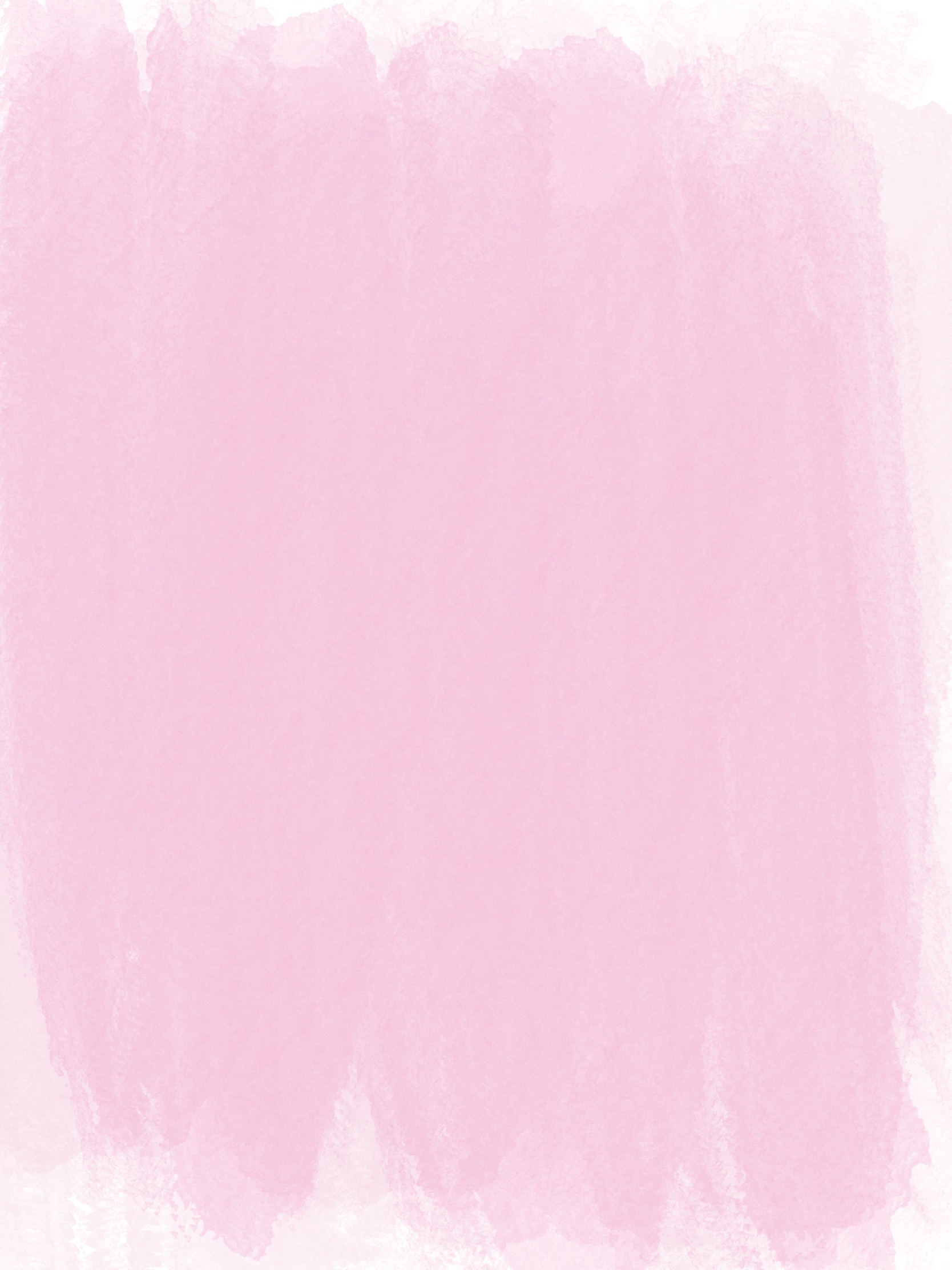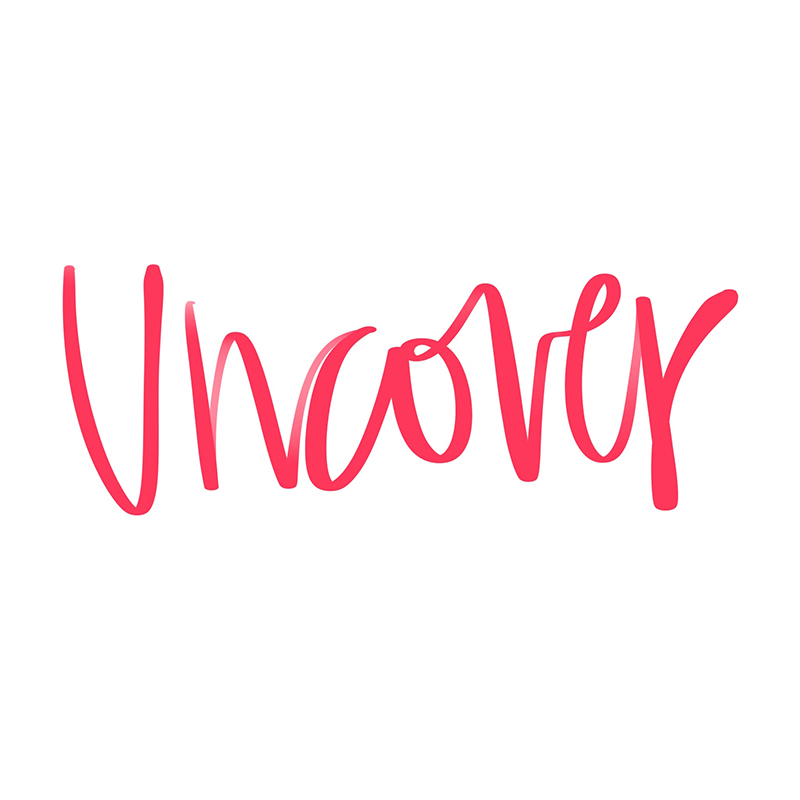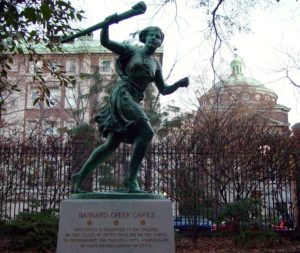Making Women’s Colleges Great Again
By Loren Cecil
When Dr. Cheryl Horsey became the Chief Enrollment Officer at Bryn Mawr, a women’s liberal arts college in Pennsylvania, she was prepared for the fight to remain relevant. At their peak in the 1960s, there were 281 active women’s colleges in the United States. As of 2018, only 34 remained, and Dr. Horsey was aware that she was entering a losing battle.
Instead, she was pleasantly surprised by the unprovoked wave of attention the school was experiencing when she arrived in the summer of 2017. “I noticed in terms of inquiries, visits and applications for the class of 2022,” said Dr. Horsey. “It was a massive increase in enthusiasm and interest.”
Women’s colleges began losing steam when most of the originally male institutions became coed and more women found it counterintuitive to self-segregate. These larger and more inclusive universities swallowed many of their sister schools, and women seemed to lose sight of the apparent advantages of learning in an exclusively female environment.
Fortuitously for the remaining women’s schools, Trump’s election and the beginnings of the #MeToo Movement occurred just months before the deadline for most regular decision college applications in 2016 and 2017 respectively. The support for Trump despite his record of sexual misconduct made blatant misogyny seem acceptable again, and #MeToo bolstered the resurgence in female comradery with the power of a shared experience.
Dr. Horsey believes that the messages Bryn Mawr had always been promoting were now starting to appeal to more women given the current social climate. “We remain committed to an environment that empowers women and really facilitates women’s leadership. When I talk to prospective students, that seems to resonate with them.”
In 2018, Bryn Mawr saw an 8 percent increase in applications. Mount Holyoke also received hundreds more than the year prior, and Barnard has reported a 10 percent increase in applicants since 2016. Scripps has seen a 32 percent bump in campus tours over the past three years, and prospective student interviews have doubled. From the 2015 cycle, Smith’s applicant numbers are up by nearly 800.
According to the Women’s College Coalition, enrollment of first-year students jumped from 9,000 in 2014 to almost 13,000 in 2017. “The increase overall is up by about 12 percent on average,” said Michele Ozumba, President of the Coalition. “I’m still crunching the 2018 data, but it’s a very positive trend that’s helping the whole sector look strong. Stronger than it has looked in quite a while.”
Not only has enrollment at these schools increased, but the path to enrollment has become more intentional for the women attending them. “More applicants are embracing the fact that Smith is a women’s college, rather than falling in love with Smith and then applying to it in spite of it being a women’s college,” said Audrey Smith, Vice President of Enrollment at Smith College.
Smith sophomore Faith Wykle supported Audrey Smith’s claims, noting that women’s colleges weren’t anywhere on her radar before she started the application process in the heat of the 2016 election. The election brought issues to light that made her think more critically about what it meant to be a woman in today’s society and how it had affected her throughout her high school career. “I was constantly undercut or not taken as seriously on account of my gender. I didn’t like being put on the backburner or being hypersexualized without my consent,” Wykle recounted.
These realizations got her thinking about the sexist realities of the world and the potential value of having four years without gender as a detractor. Two years in, she couldn’t be happier with her decision. “I’ve never met a group of people that’s more supportive of each other than Smith students. Everyone is there to prep for the real world, recognizing that it’s an incredibly difficult place to be. You’re never able to really forget that. This is a privilege to have this kind of education now, where gender isn’t imposed upon you as a limitation, and the benefit is that you’re able to come out knowing your worth.”
Naomi Zimmerman applied early decision to Barnard, a women’s college affiliated with Columbia University, and excitedly enrolled in the fall of 2018. Zimmerman knew that she was interested in STEM studies as well as economics, both of which are very much male-dominated fields. She was worried about pursuing those interests at a larger coed institution where she may not have the support system or resources to feel confident in the classroom.
“Seeing a regression in terms of the atmosphere surrounding women’s equality made me feel like it was that much more important to be in an environment where I felt really empowered and comfortable,” Zimmerman said. “I noticed when I toured women’s colleges that there was a different atmosphere in a way. People seemed really confident in themselves, and I was drawn to that. I wanted to be like those women.”
Fortunately, this trend is reaching beyond the largest and most prominent women’s schools like Smith and Barnard. Notre Dame of Maryland University accepted its largest ever class of incoming freshman in the 2018 academic year, welcoming 100 more women than ever before. The school had been having trouble reaching students through traditional recruitment methods and was experimenting with new ways to spark interest, but it wasn’t until strong women began dominating the news and pop culture that things took off.
“Students can get a good education anywhere, but women’s colleges offer a unique opportunity for them to be surrounded by like-minded, driven women who want to make a difference in the world,” said Marci Leadbetter, Director of Admissions at Notre Dame of Maryland. Leadbetter recognizes that more students are now seeking an environment like this, where they can be supported by other women’s voices.
While this upward trend has continued for the past two application cycles, it is unclear whether the renewed relevance will be lasting. Leadbetter believes that women like Zimmerman will keep these institutions afloat long after Trump is out of office and #MeToo has fallen far from the list of trending hashtags. “There are still a lot of male-driven job fields in our world and at women’s colleges, these areas of study are represented by women. It gives many hope that these imbalances will level out in the future.”
Audrey Smith agreed that there is a continued demand for women’s colleges in 2019 and beyond. “It’d be really nice in some ways if there wasn’t a need for environments that were dedicated to the success of women, but it comes because of the constraints of society. The best thing of all would be if we progressed so far as a society that those spaces wouldn’t be needed, but I don’t see that right around the corner and I hope to be wrong.”


